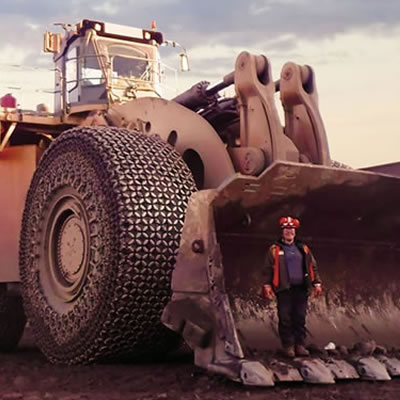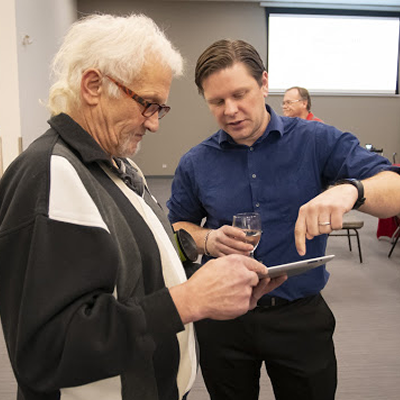Little adverse affect from Fraser River Coal-Shipping Terminal, report says

A proposed coal-shipping terminal along British Columbia’s Fraser River is unlikely to adversely affect the environment or the health of people living nearby, according to an environmental assessment commissioned by the company behind the project.
But the report was quickly dismissed by two of the region’s chief medical officers, who said it did not “meet even the most basic requirements of a health impact assessment” and failed to allay their concerns about the project’s potential impact on public health.
Fraser Surrey Docks has asked Port Metro Vancouver for permission to add a coal-shipping facility to its existing terminal, located along the Fraser River southeast of Vancouver.
The proposed facility would process four million tonnes of coal each year, transferring it from rail cars to barges, which would then carry the coal to nearby Texada Island to eventually be shipped to Asia.
The project has run into fierce opposition from environmentalists, residents and other groups, who have raised concerns about the terminal’s potential harm on the surrounding environment and air quality.
Fraser Surrey Docks hired SNC-Lavalin to review the proposal, and the firm’s report concludes the company’s proposal effectively mitigates the potential impact of the project.
“SNC-Lavalin has concluded that the project is not likely to cause significant adverse environmental, socio-economic or health effects,” said the report.
“After consideration of the potential residual effects, and taking into account engineering design and identified mitigation measures, the project can be constructed and operated without significant adverse effects.”
Air quality has been among the most pressing issues, with the chief medical health officers of Fraser Health Authority and the Vancouver Coastal Health Authority both saying they were worried about the project’s potential impact on the public.
The SNC-Lavalin report lists a number of measures designed to lessen the impact on air quality.
During construction, the company plans to use a water-based dust suppression system, install fencing to protect the site from high winds, prohibit the burning of organic or construction material, and restrict vehicle traffic, the report notes.
Once the facility is running, the report says, a substance known as a “topping agent” would be added to the coal to reduce dust, empty rail cars would be sprayed to remove remaining coal dust, and operations would be limited during periods of strong winds.
Fraser Surrey Docks issued a statement that suggested the environmental assessment report should put to rest any lingering concerns about the project.
“The assessment provides answers to the majority of the questions that have been raised and concludes that the project will not cause significant adverse environmental, socio-economic or health effects,” said the statement.
The release of the report marks the beginning of a 30-day public comment period.
In addition to air quality, the report identifies five other areas of potential concern: noise; marine traffic safety; increased vehicle traffic; emergency response capacity; and the potential impact on the marine environment.
Once at Texada Island, the coal would be transferred onto deep-sea vessels to be shipped to Asia.
Texada Quarrying Ltd. is involved in a separate process to expand its stockpile area to handle the coal, but that wasn’t part of the SNC-Lavalin report.
Source: Canadian Press report




